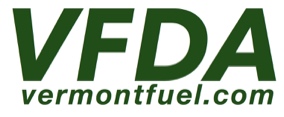GET CERTIFIED
Click here to take the Inspector Quiz
While you are encouraged to watch the video, you do not need to take the quiz if you are already NORA Gold, Silver, or Bronze certified, if you have a Vermont Oilheat Certificate of Fitness, or if you have a prior certificate of completion from an Oilheat Tank Seminar.
Failed Quiz #1? Click here to try again.
